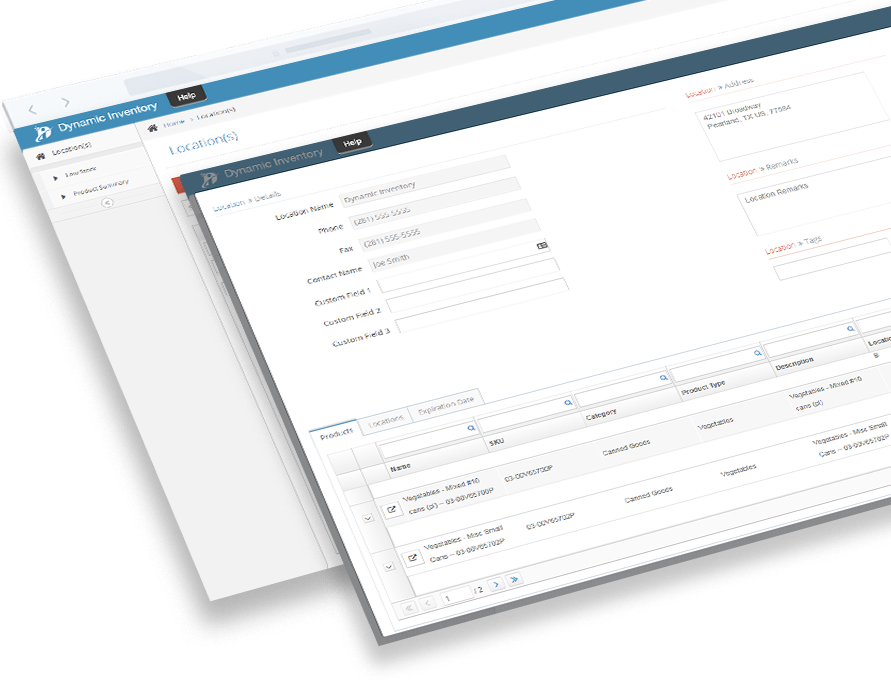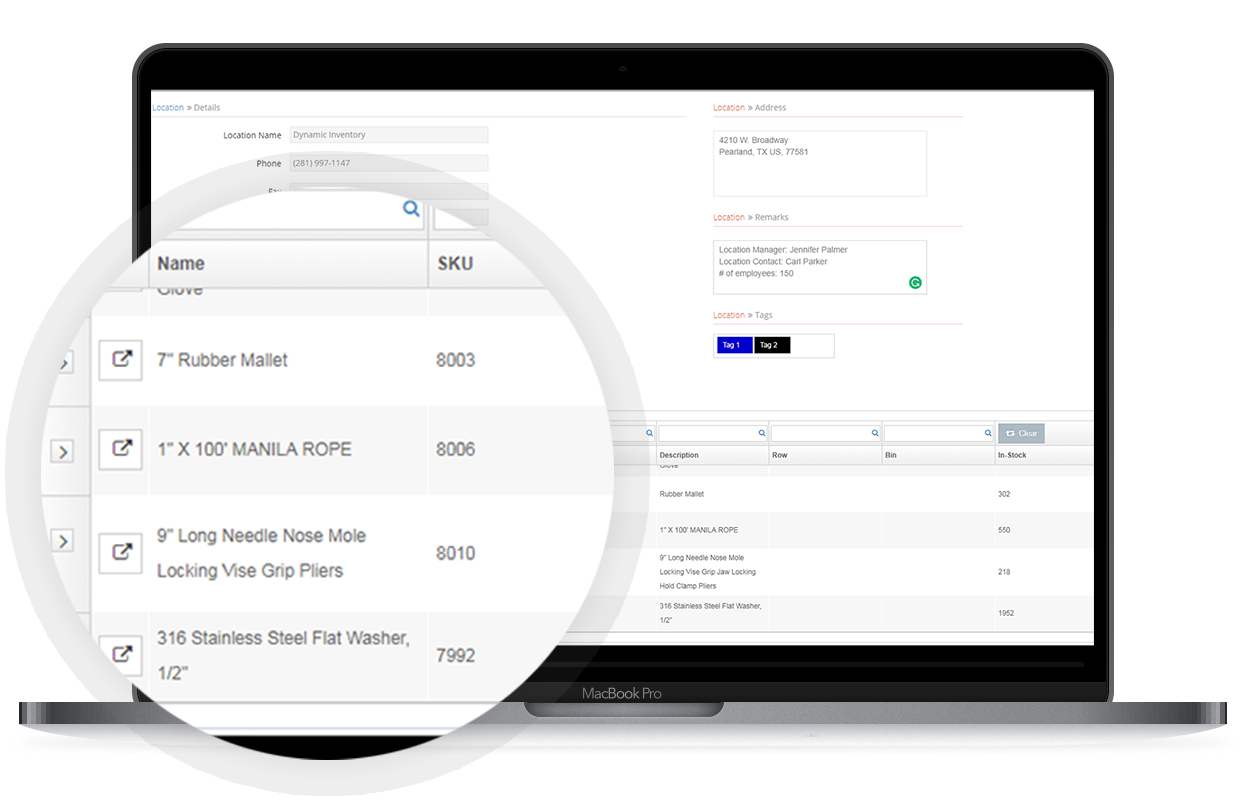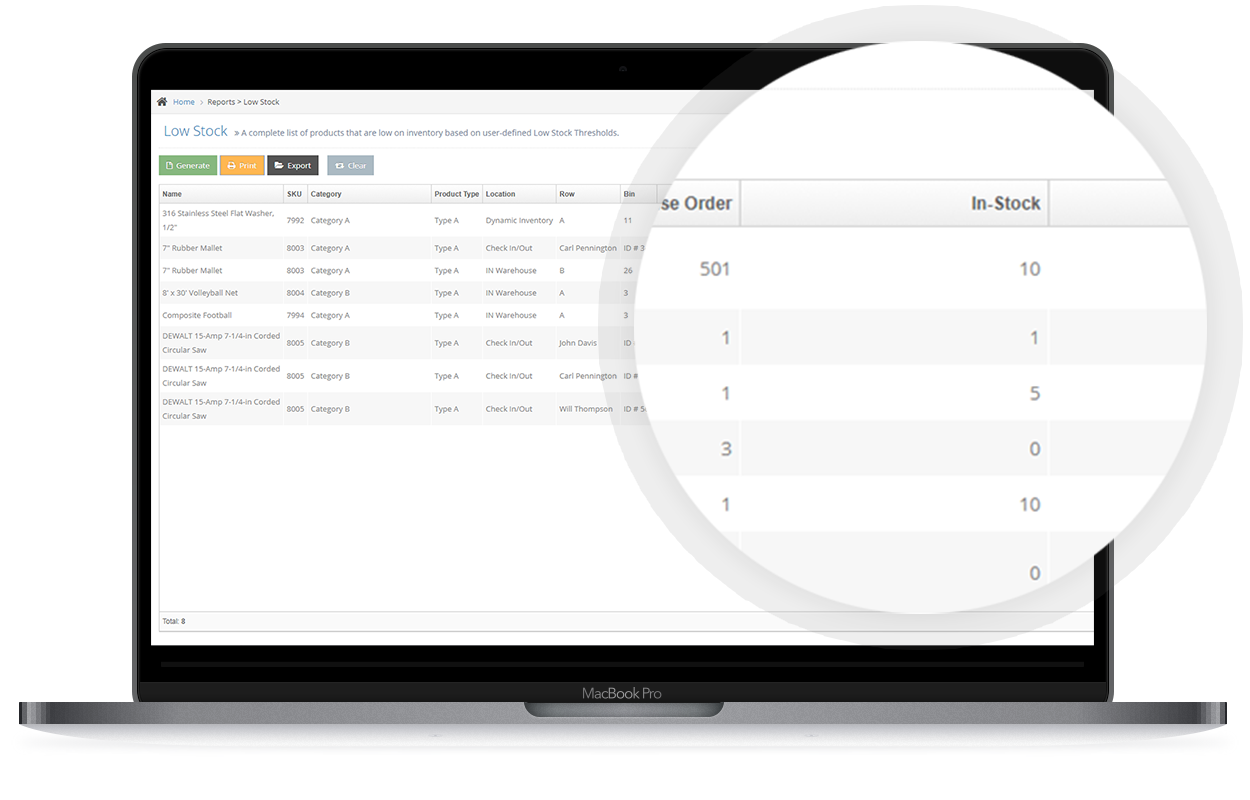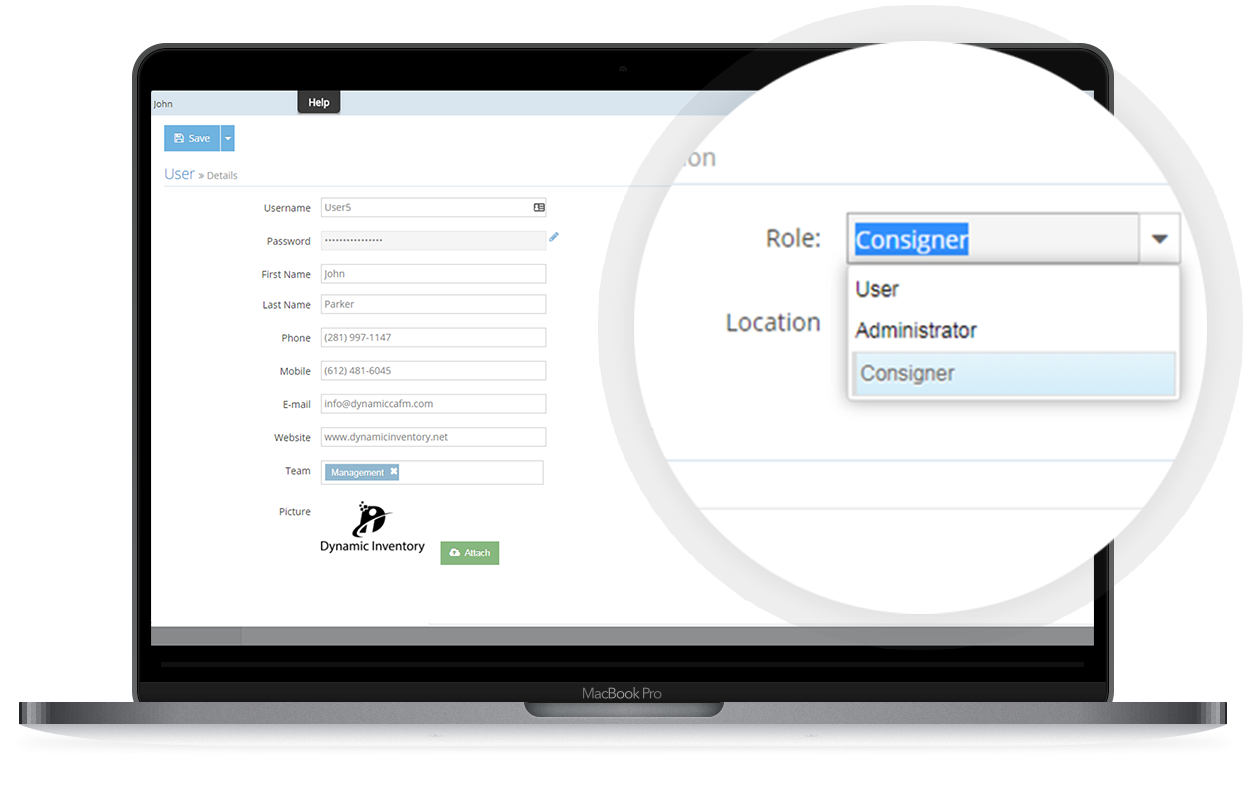Consignment Sales Software
At Dynamic Inventory, we understand the importance of getting products for your customers.

At Dynamic Inventory, we understand the importance of getting products for your customers. Some of those products may come from numerous different vendors. While most vendors require payment upon delivery or receipt of items, there are other vendors that allow payment upon the item being sold. Those vendors are called “consignors”. The relationship between a consignor and a consignee mainly hinges on contractual agreements combined with mutual trust and good-faith. Selling goods on consignment is generally a practice for startups, small businesses that either make handmade items or goods in small quantities and businesses that are new to a market and trying to gain a foothold in it. Larger or more established businesses, on the other hand, tend to use credit and other forms of business collateral to guarantee production of their products. The consignor parts with items in the hopes of prompt payment in the near future, while the consignee takes up potentially valuable floor space or square footage in the hopes of selling the items for a considerable profit. Because of this potential risk and to ensure a comfortable level of trust, Dynamic Inventory created a system with a mutually satisfying level of transparency to please all parties involved in this unique business relationship. Dynamic Inventory allows consignors to access the locations of products and stock as it pertains to their specific inventory. We provide a read-only means for consignors to see their items and stock levels without the ability to edit or modify. This provides much-needed oversight as well as assurance for the consignor.
Who Are The Parties Involved In Consignment Selling?
To understand the inner workings of a consignment sale, you must first be aware of the moving pieces. First, what is consigned inventory? Goods on consignment are held by a business for the seller while the seller retains legal rights to the goods until the sale is completed. Selling on consignment involve three parties.
Consignee
The person, business, or entity that holds goods in a location to be sold for the consignor. The consignee does not own the goods, and typically takes a percentage of the sale to cover the overhead involved with storage and to profit.
Consignor
The person, business, or entity that owns the goods, and transfers possession of these goods to the consignee. The consignor typically signs an agreement with the consignee in hopes of selling the goods faster or for more money than they could with their own resources.
Customer
The person, business, or entity that purchases the consigned goods from the consignor. The customer does not usually deal with the consignor directly.
Features To Support Your Business Model
Check out some of the features in addition to consignment that can be enhanced to fit your unique processes.
Benefits of Dynamic Inventory’s Consignment Sales Software:
Transparency
Consignors can log into the user interface at any time and check the status of their items. There will never be a doubt as to what is going on with their items.


Real-time Statistics and Reporting
Consignors can monitor stock levels and make plans and adjustments proactively. If items are selling quickly, the consignor can replenish. If the items are not selling, they can inquire to the consignee. Consignors can also print/export “low stock” and summary reports based on their current inventory levels for their records.
Full Administrative Control
Administrators of Dynamic Inventory are responsible for granting access to consignors. They can give access to consignor products at one or more, or a combination of locations. They may also restrict access by location. Consignors only see information as it pertains to their products. They cannot see information as it pertains to financials or sales. All a consignor can see is what is selling and what is not selling, nothing more.

Learn how Dynamic Inventory can streamline your business today!
What Is A Consignment?
Selling goods on consignment is described as a situation whereby goods are shipped to a dealer who pays the consignor, only for the merchandise that sells. The dealer, referred to as the consignee, has the right to return to you the merchandise that does not sell and without obligation. The consignee has no money invested and is not obligated to promote said merchandise.
- Despite the potential disadvantages of consignment, there are many advantages to it.
- It allows a consignor to place merchandise in wholesale and retail outlets for additional exposure to the buying market.
- It can provide an incentive for the wholesaler and retailer to stock goods in inventory because no capital of theirs is tied up in inventory.
- It can encourage wholesalers and retailers to stock seasonal or otherwise newly introduced merchandise that they might not usually buy because of a lack of demand.
- It provides the consignor with the opportunity to have the merchandise exposed to the buying market, instead of having it stored and isolated in a warehouse while waiting for an order from a buyer.
Dynamic Inventory enables relevant and detailed transparency, which allows consignors to be aware and proactive about their items.
Consignment Sales Features in Dynamic Inventory
Replenish consigned goods to keep healthy inventory levels and improve communication between consignor and consignee.



